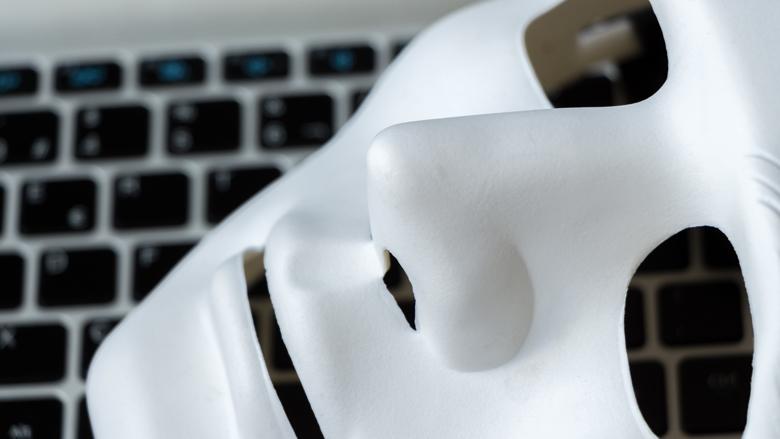Here are your recommended items...
Here are your milestones...
Choose a gift to support your favorite creator.
Send appreciation in cash choosing your own custom amount to support the creator.
CustomFeature the author on the homepage for a minimum of 1 day.
$15Send a power-up (Heart Magnet, View Magnet, etc.).
Starting from €2Boost the user's post to reach a custom amount of views guaranteed.
Starting from €5Gift a subscription of any plan to the user.
Starting from €5Send cheers to Hans with a custom tip and make their day
More hearts on posts (24 hours)
€22x Stars for 1 hour
€2Reward the user for their content creation by encouraging to make more posts. They receive extra rewards per heart.
€5More views on posts (48 hours)
€10Level up with one level
€10The campaign will be active until the end date, but your selected goals will be achieved within the delivery timeframe you selected.
Standard duration is 5 days, but you can extend it up to 30 days.
Start your 14-day free trial now to publish your sponsored content. Cancel anytime.

An error has occured. Please contact the Yoors Team.
An error has occurred. Please try again later






Mails die zgn van mijn bank komen, open ik nooit. Als mijn bank mij iets heeft te vertellen of vragen, vind ik dat op hun website.